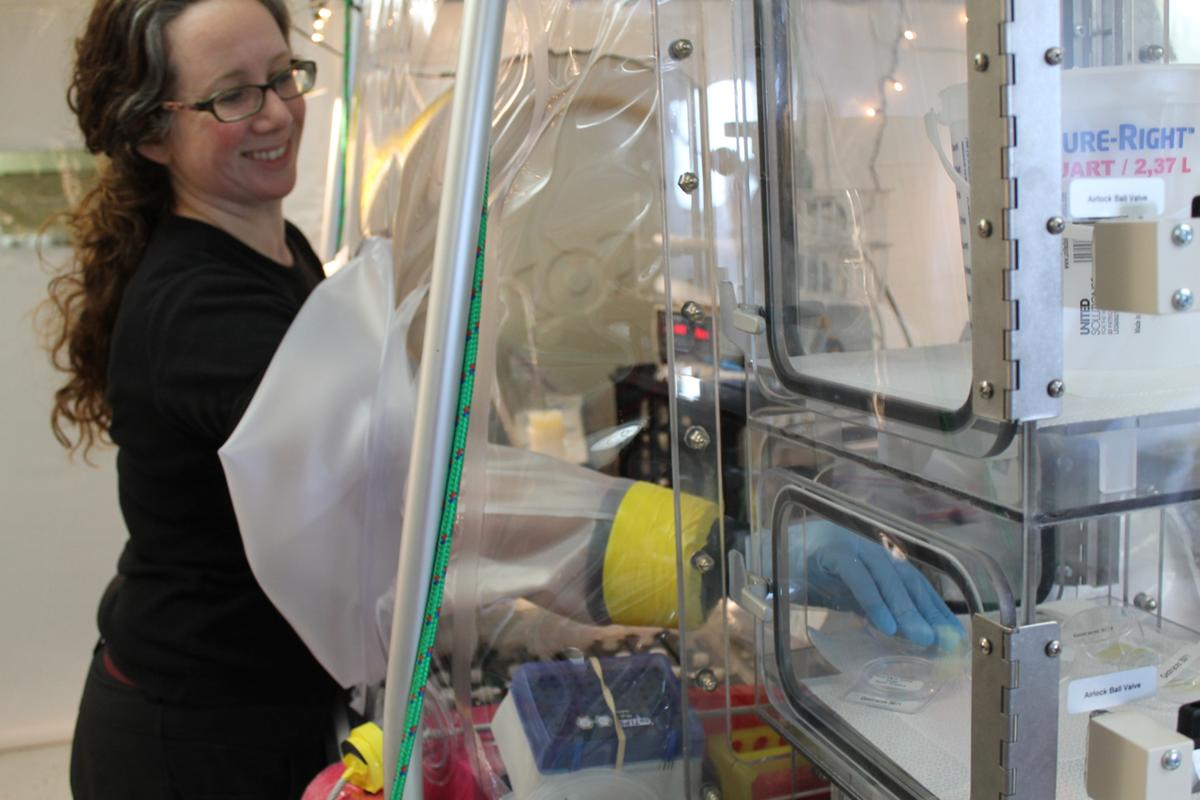
Personnel
Brandy Toner, Professor, University of Minnesota-Twin Cities
Colleen Hoffman, Ph.D. Student, University of Minnesota-Twin Cities
Sarah Nicholas, Ph.D. Student, University of Minnesota-Twin Cities
Aubrey Dunshee, Undergraduate Researcher, University of Minnesota-Twin Cities
Collin Schladweiler, Undergraduate Researcher, University of Minnesota-Twin Cities
Project Description
GEOTRACES Pacific Section: The Geochemistry of Size-fractionated Suspended Particles Collected by In-situ Filtration
The guiding mission for the international GEOTRACES program is to “identify processes and quantify fluxes that control the distributions of key trace elements and isotopes (TEIs) in the ocean”. Particles are a key parameter for the GEOTRACES program because of their role in the cycling of so many trace elements. The U.S. GEOTRACES East Pacific Zonal Transect between Peru and Tahiti was designed in a community effort to cross three biogeochemically important settings: large lateral gradients in productivity, a major oxygen deficient zone off the coast of Peru, and the world’s most prominent hydrothermal plume emanating from the southern East Pacific Rise. We were funded to collect size-fractionated particles by in-situ filtration on the GEOTRACES East Pacific Zonal Transect to measure their major phases and trace element compositions.
The Toner Group was tasked with measuring the chemical form of iron in the world’s most prominent hydrothermal plume emanating from the southern East Pacific Rise mid-ocean ridge spreading center. This is an important research endeavor because hydrothermal vents introduce iron to the deep ocean, but scientists do not know how much of this iron makes its way to iron-deprived locations in the ocean. The study was challenging to design and undertake because the plume particles are very small in size, often few in number, and composed of complex mixtures of biological, organic, and inorganic materials. To overcome these challenges we used analytical tools that could overcome and address each of these difficulties. Specifically, we used synchrotron radiation X-ray microprobe and microscope instruments available at the Advanced Light Source, Lawrence Berkeley National Laboratory, Berkeley, CA.